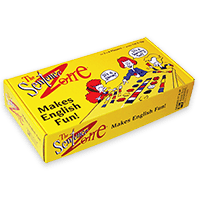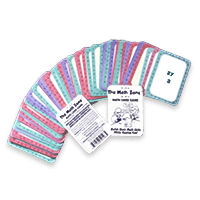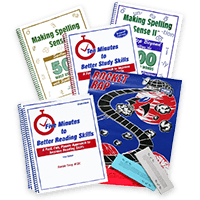What Motivates Your Child?
September 10th, 2023[vc_row][vc_column][vc_column_text]
Do you constantly struggle to figure out what motivates your child to work to the best of their abilities?
Figuring out what motivates your child is a common problem that every parent faces at one time or another. I know for me, I often felt my kids should just be self-motivated to do their best on their homework. But, then I remembered, they were kids. And then I remembered how it was when I was growing up. I often rushed through my homework to just get it done. I’m betting you are a lot like me and didn’t always do your best either.[/vc_column_text][vc_column_text]
The Effects of Praise on Children’s Intrinsic Motivation: A Review and Synthesis
A study from Reed College and Stanford University concludes when praise is perceived as sincere, it is particularly beneficial to motivation. The praise needs to encourage performance attributions to controllable causes, promotes autonomy, and conveys attainable standards and expectations.
Although praise may play a significant role in shaping children’s motivation, the study concludes, “We do not believe it to be the only, or even the most important, influence.” In American society, praise does seem to address an important human desire to seek the approval of others. As Norman Vincent Peale is said to have stated, “Most of us … would rather be ruined by praise than saved by criticism.”[/vc_column_text][vc_row_inner][vc_column_inner][vc_column_text]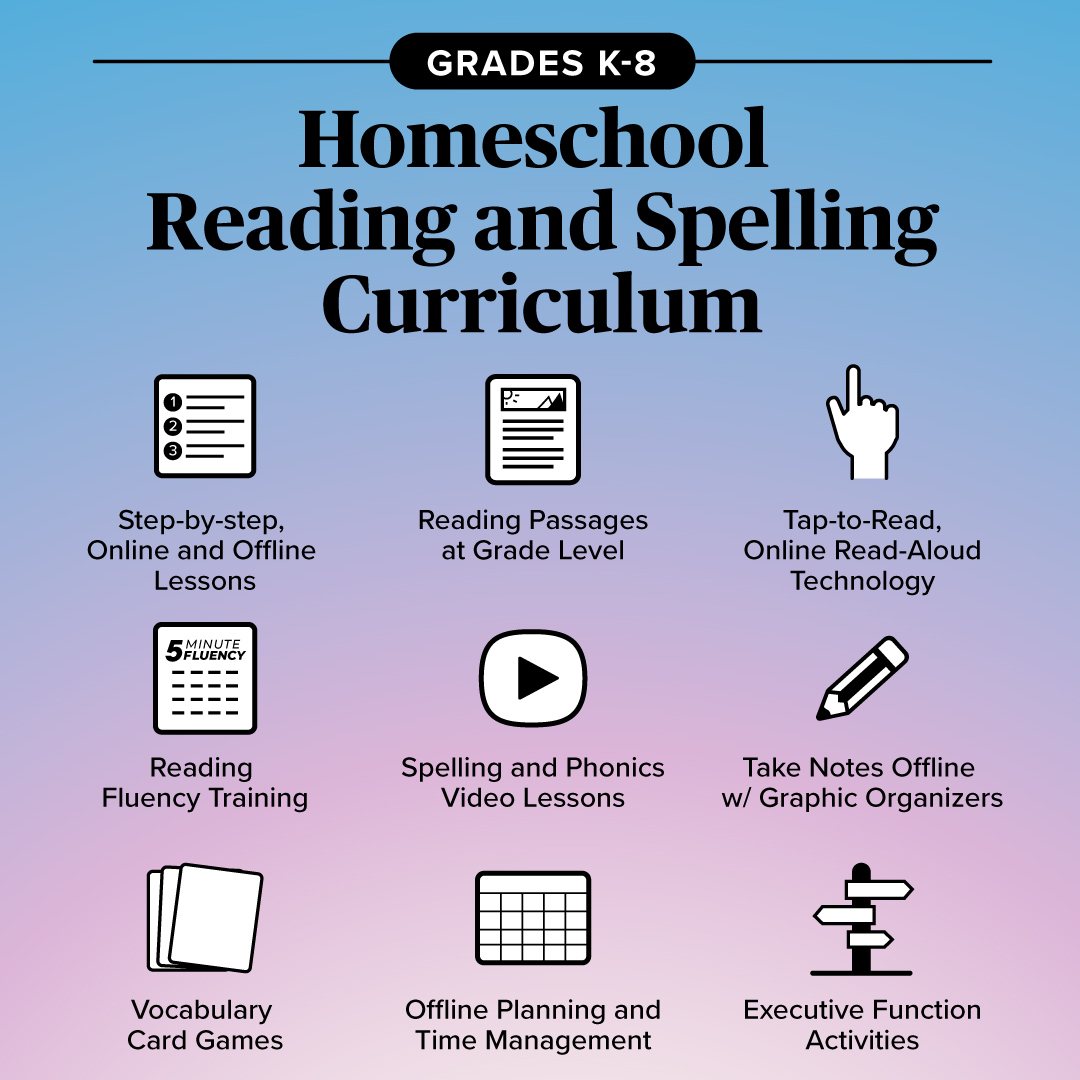 [/vc_column_text][/vc_column_inner][/vc_row_inner][vc_column_text]
[/vc_column_text][/vc_column_inner][/vc_row_inner][vc_column_text]
Does a Positive Mindset Motivate Your Child?
Studies show that having a positive mindset makes the biggest difference in motivation. Dr. Carol Dweck, Stanford professor, discovered that having a growth mindset made a huge difference in motivation and achievement. She writes about the decades of studies in her book Mindset.[/vc_column_text][vc_column_text]
What Motivates Your Child? Does Motivation Impact Learning?
Let’s face it. Sometimes we don’t always do our best. The important thing is that we do give it our best shot. This is all a part of our mindset. When we have a positive mindset, all things seem possible. When we have a negative mindset, everything seems daunting. So, how do we create a positive, growth mindset with our kids?
It is a big help if you as a parent pat your children on the back, letting them know that they are doing a good job. Let them know that you appreciate them ‘hanging in there’ even when an assignment or task is difficult. Find that ‘one’ good thing you can say that will inspire rather than complain about the five things they may not have done so well.
You know as well as I do… when you are at work, you always do a better job when you are praised for a good job. It carries over to your next project. It is the same with your child, so praise them for doing their work and for their persistence.
Sometimes something more is needed. An incentive is simply something that motivates one to action. If an incentive is what it takes to get your child motivated to do their homework, then, by all means, try it. Some incentives can be as simple as giving your child more choices in their reading selections.
Remember, even reading comic books or graphic novels is reading. Sometimes earning points for reading works and once your child has earned enough points they can get a big reward. The main takeaway is that different incentives will work at different times, depending on the age and temperament of your child. Remember, once your child is working on his/her own, phase out the incentive and keep them motivated by your praise.[/vc_column_text][vc_column_text]
How Settings Goals Can Motivate Your Child
Setting goals can help motivate your child by having something that they can work towards. Research ties setting goals to motivation, self-confidence, and autonomy (Locke & Lathan, 2006). Get your kids’ buy-in of what they want to do. Don’t set the goals for them, but ask them questions to help spur a train of thought. Setting goals has been shown to lead people to accomplish more and the act of writing your goals down helps improve the chance of achieving your goals by 33% (Gail Mathews, Dominican University of California).
Learn More About Setting Goals
Download FREE Goal Setting Worksheet[/vc_column_text][vc_column_text]
How the Right Educational Curriculum Can Motivate Kids
School can sometimes discourage kids. Getting poor scores on work can be crushing to self-esteem. And, if a child turns in an assignment late, they are likely to get points off which can add insult to injury.
If you are a teacher or are homeschooling your child, there are some things you can do to help.
- Allow 1 assignment a quarter or semester to be turned in late
Life happens to all of us! Something may have happened at home or maybe the dog actually ate it. It is important to allow for the unexpected and to allow students to turn in work for full credit. This might be something you can speak to your child’s teacher about. - Help students plan with calendars
Sticking to a schedule helps with routine. This also helps kids figure out when they need to work on certain things and look forward to fun activities and trips. This also helps kids to avoid missing deadlines. - Have more assignments where students have choices
Project-based learning can be where kids are able to choose to work on something they want to do but still have parameters to help them make it a bit easier. If your child has a hard time coming up with ideas, lead a brainstorming session where you can create a list of options that they can then narrow down to choose from. Try to incorporate more items into the curriculum where kids have choices. - Progress and success-based curriculum
When kids are tangibly able to see their progress over time, they are much more likely to want to improve their abilities. In our reading program, we do reading fluency training activities where kids chart their progress each day. They are able to see exactly how many more words per minute they are able to read each day. They actually get excited about doing it! - Review, self-reflection, and gratitude
Throughout the school year, it is important for kids to reflect on the things that they have worked on and achieved. It helps them feel accomplished and that with some work, yes, they can achieve their goals and can improve their learning skills. In our at-home and online learning programs, we have the perfect Week-In-Review forms to make this easy.
[/vc_column_text][vc_column_text]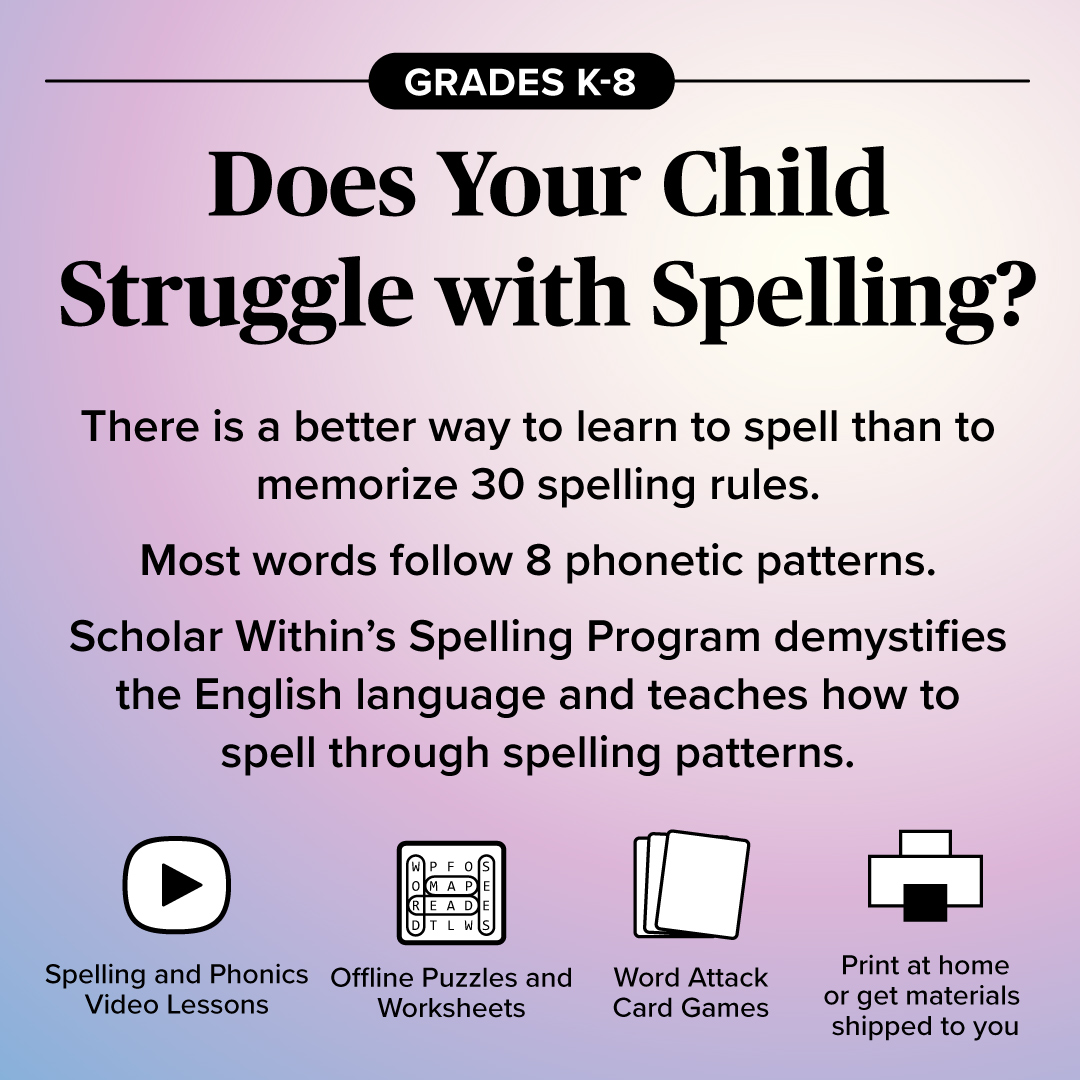 [/vc_column_text][vc_column_text]
[/vc_column_text][vc_column_text]
What Motivates Your Child? Language, The Arts, Science, Music?
In an age where there seems like there is so much opportunity and things to do, sometimes its hard to know where to start. Start small by introducing your kids to things that you love. What are the things that you enjoyed when you were growing up? What were the things that other kids were doing that you always wanted to do?
Foster an environment at home where pursuing the act of creation is encouraged. These types of activities do not speak, “Oh, this is another educational activity…”, but more of a creative nature. It spurs the idea, “What do I want to create in this world?” These types of activities encourage kids to learn, to create, and to explore. Sometimes it helps to have a bit of structure or a goal in mind when starting an art project or learning music. But, it is also important to remember to have fun and to go off on a tangent with music and the arts. The act of creating helps build skills that are not only applicable to academia but to life.
Let your kids know it’s okay that what they are making may not be as ‘good’ as they would like it to be. One of my favorite pieces about the creative process is from Ira Glass. His point is that everyone goes through stages of creation where we aren’t quite able to create what it is that we envision and that’s okay. Keep working at it and one day you will surprise yourself.[/vc_column_text][video_item youtube_video=”true” title=”Ira Glass on The Creative Process” author=”Ira Glass” contributor=”This American Life” publisher=”NPR” link=”https://www.youtube.com/embed/PbC4gqZGPSY” video_unique_id=”ira_story_3″][vc_column_text]
How Technology Can Motivate Kids
Screens, computers, phones, and technology lure us in. They grab our attention left and right. They entertain us. They connect us. They are sometimes our worst enemies while at the same time our best friends. Technology is empowering. We don’t always think of it when we are using a device or a tool, but someone spent the effort to design, to build, and to engineer the hardware and software you use day in and day out. Nowadays, it is easier than ever for kids, and adults, to build their own hardware and software.
If your kids show interest in robotics, computers, photography, and technology, encourage them and help foster that creativity. Some tools are still a little expensive to invest into, but they are getting cheaper all the time. You may have heard of the Arduino or Raspberry Pi. These are miniature computers that allow you to program them to do all sorts of things. The Arduino and Raspberry Pi may be a little too technical for kids to start right off the bat with, but there are starter robot building kits that make it easy for kids (and adults!) to program. When a child (or adult!) sees how they can actually build something with a little bit of effort, it inspires them of the possibilities of what they can do.[/vc_column_text][vc_single_image image=”11016″ img_size=”full”][vc_column_text]
How Games Can Motivate Kids
Game playing helps keep your kids motivated to learn. More learning happens when you are engaged and having fun. If we are engaged, we care about it. If we care about it, we will make an effort to remember it and make it part of who we are.
Rick Wormeli, national education consultant, states, “Games and simulations are highly effective classroom practices for any age. They are intrinsically motivating, and they help teachers introduce, analyze, reinforce, and apply content and skills…”
According to Rebekah Stathakis, author of A Good Start: 147 Warm-Up Activities for Spanish Class there are 5 specific reasons to use games in the classroom. I would argue, those reasons are the same reasons to play games at home with the family.
- Kids of all ages learn through the process of playing the game.
- Games provide a context for engaging practice.
- Kids learn a variety of important skills through games: critical thinking, teamwork, and good sportsmanship to name a few.
- Kids learn to make connections with content and build positive memories of learning.
- Kids’ attention is engaged in a relaxed learning environment.
Additionally, when you play with your family, you are letting your kids know they are important and that learning is important to you too. And, you are having a good time with your family, so it is a win-win situation.
In my 40+ years of teaching struggling students, I have found that games are one of the best ways to engage students. I use games to teach as well as reinforce skills. Additionally, when my students are playing, they are motivated to learn. The learning sticks.
I may be a little partial to the games that I have developed through my years of study and teaching struggling learners (The Sentence Zone, The Comprehension Zone, and The Math Zone), especially in the sense of trying to build specific educational skills, but there are some great games nowadays that are not only challenging cognitively but engaging and fun.
The Sentence Zone Game
Get points for building sentences! Little ones learn you just need a red card (verb) and a blue card (noun) to build a sentence, where older kids can build complex sentences. Every word is color-coded according to the parts of speech. You can easily teach the six basic sentence types in a tangible way.
Marcia B. states, “There are so many ways you be creative with this grammar game and learn while having fun. It’s a simple game but I’m impressed with how well it worked with my family.”
The Comprehension Zone Game
Race to Mars while learning about historical figures and the planets. Learn to read and listen for meaning (main idea, details, and sequence of events). Improves reading and listening comprehension as well as 18 areas of perception.
Kimberly O. states, “The Comprehension Zone: Rocket Rap had amazing results for one of our children. For our child who has always struggled with comprehension, for these results, I would happily pay double. We’ve tried things similar to this in the past, we’ve been focused on this problem for years, but Rocket Rap has been the first activity that has been successful.”
Blokus
Improves executive function, planning, and strategizing skills. It also improves math skills, fractions, and spatial awareness skills.
D. Moore states, “I originally bought this game for my classroom to help my students develop thinking skills. When it first arrived, I took the game home to figure out how to play it before introducing it to my students–and I was hooked! My own children are ages 10 and 11 and they love the game (we are buying a game for home), but I teach students up to age 18 and they enjoy the game just as much. Educationally, it helps younger students develop a better understanding of spatial relations and planning ahead. For older students (and adults) it helps to develop various strategy skills.”
SET: The Family Game of Visual Perception
Improves visual processing speed as well as 9 areas of perception.
F. Lynch states, “The educational value of this toy is in how it trains you to see relationships and common elements – as well as uncommon elements. Remember, three completely unique cards constitutes a set just as well as a trio with a common theme. Players are encouraged to think very quickly. We love this game. I hope you try it!”
Catan Junior
Improves executive function, planning, and strategizing skills as well as 16 areas of perception.
X. McKell states, “Catan Junior is a version of the classic “eurogame” Settlers of Catan aimed for younger players. It does a superb job of simplifying the game while retaining the important elements and correct feel and avoiding “dumbing down” the gameplay.”
Settlers of Catan
Improves executive function, planning, and strategizing skills as well as 16 areas of perception.
E. Reinhardt states, “Settlers of Catan is an absolutely fantastic family strategy game. I won’t belabor my discussion of the game, except to say that my wife (only a ‘casual board gamer’, not as hardcore like me) and two boys (ages 8 and 10) have been playing it for over a year, many dozens of times, with continued enjoyment.”[/vc_column_text][vc_row_inner][vc_column_inner][vc_column_text] [/vc_column_text][/vc_column_inner][/vc_row_inner][/vc_column][/vc_row]
[/vc_column_text][/vc_column_inner][/vc_row_inner][/vc_column][/vc_row]













